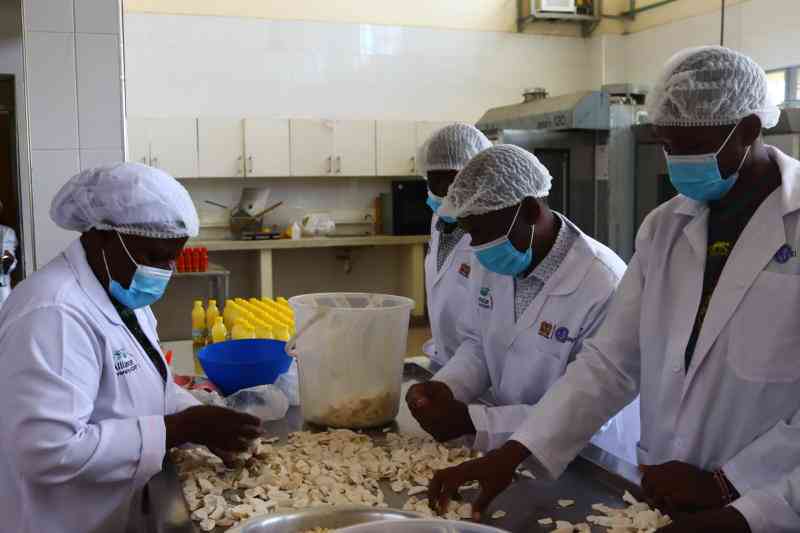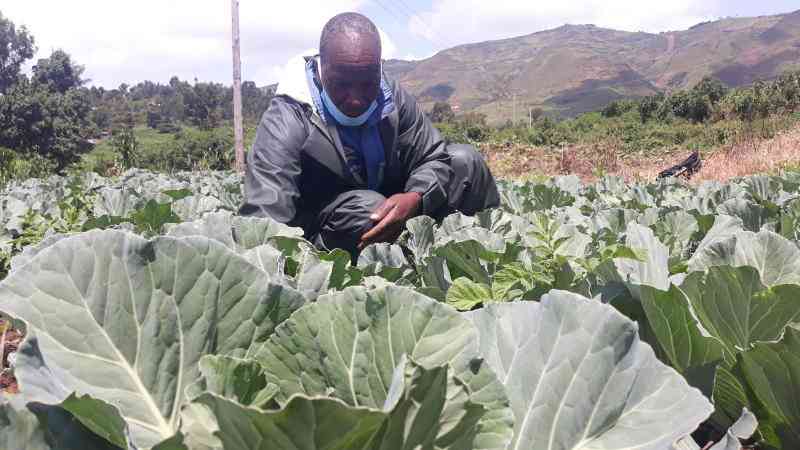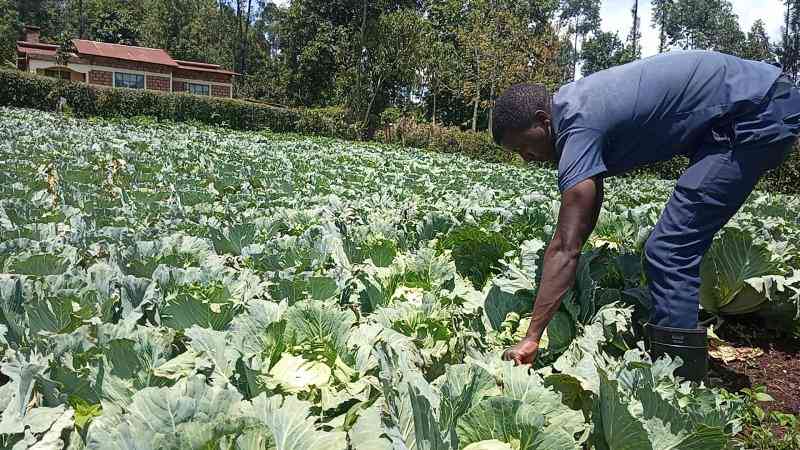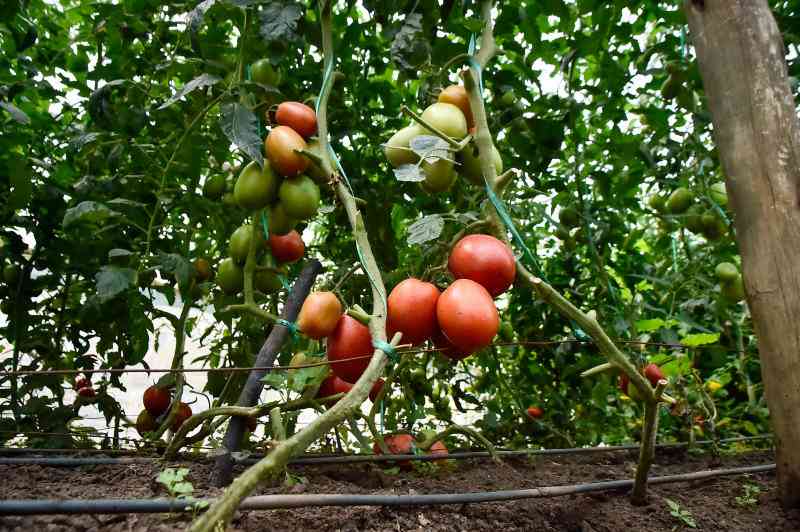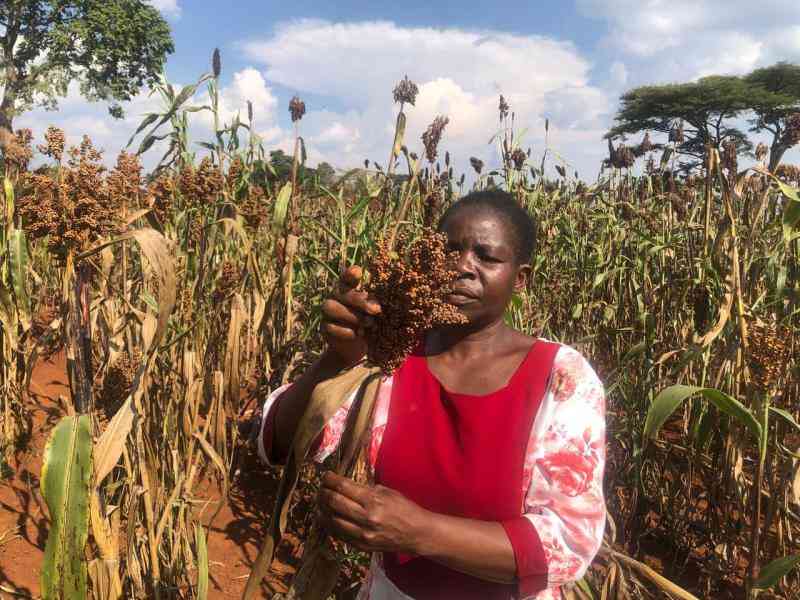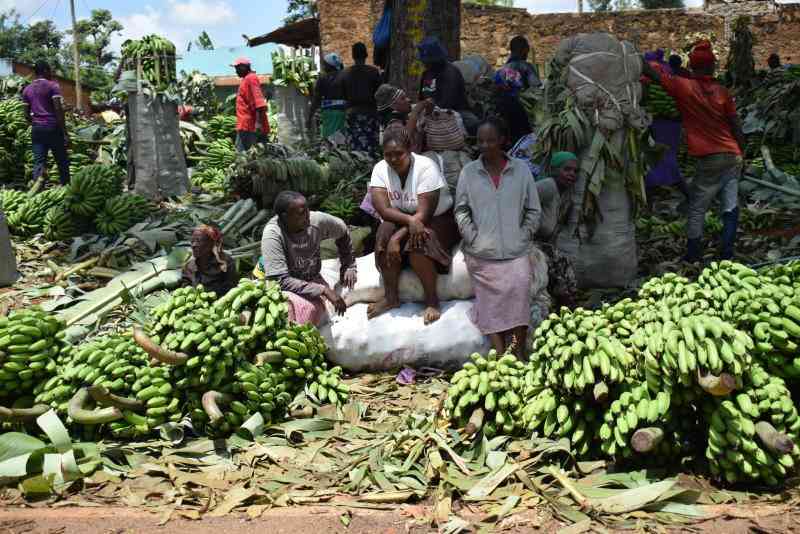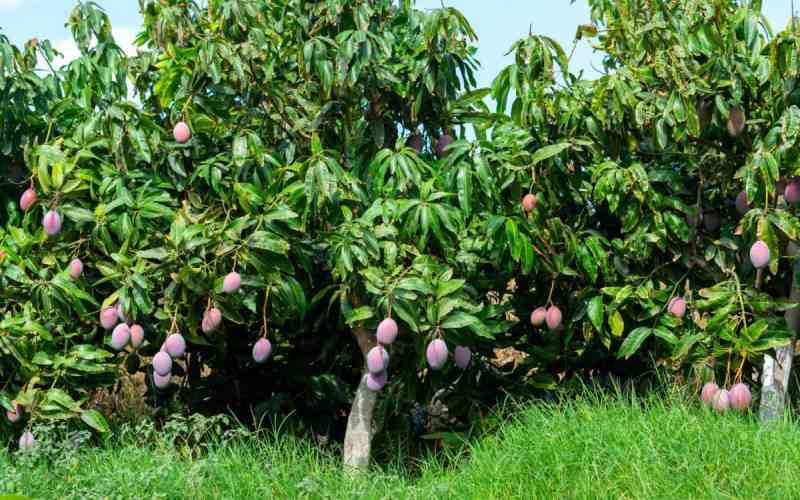
Mango trees are beautiful shady plants, that produce delicious fruits. However, one may want a mango tree as small as that which can fit in a backyard.
Fortunately, there are simple things one can do to make a mango tree stay as low as 10 feet tall.
With pruning, these prolific growers can be kept small and under control.
Benefits of keeping a mango tree small
According to Paul Kimanthi, who farms fruits and sells seedlings in Machakos, keeping a mango tree small keeps an open canopy with a lot of space which increases sunlight and air circulation.
Small mango trees have the chance to put more energy on production, leading to larger and better quality.
“Small trees produce higher yields than large unpruned ones. It is also much easier to harvest fruits from small trees,” said Kimanthi.
First step in keeping mango trees small in picking the right variety.
There are already dwarf varieties, Peach and Sabre, that have been developed by Kenya Agriculture and Livestock Research Organisation (KALRO).
The varieties are developed by grafting superior varieties onto local varieties.
Dwarf mango trees are ideal for small backyard gardens and their compact nature means that they will only reach 10 to 13 feet (three to four metres) tall.
Their small size also means that you can easily cover them with netting to keep the birds away or grow them in a greenhouse in cooler climates.
Pruning
The best way to keep a mango tree small is to prune it when it is young. As a general rule, prune any branch that is more than a meter in length to about a meter. Then make additional cuts every time the branches grow to eight inches.
Start pruning while the trees are still young to train them into the shape you want, said Kimanthi.
“After every harvest you should make another pruning to prepare the tree for the next season and to keep it healthy. This should be done with lopping shears, you can also prune dead branches and those with diseases,” said Kimanthi.
Water your mango tree regularly, but do not overwater it. Make sure the soil is moist but not drenched. Let the soil dry out almost completely between watering.
Fruit size increases with thinning
If you do not thin your fruit tree, you may have an overbearing tree. Fruit thinning also reduces the number of ripening insects.
“By doing this, the mango tree will not experience a lot of issues,” said Kimanthi.
Trimming the top of the tree helps to limit the height of the tree and encourages new branches to grow at the sides of the tree to give it a fuller shape.
Mango trees can also be espaliered on a fence or wall so that they grow flat against the surface to maximize space.
 The Standard Group Plc is a multi-media organization with investments in media platforms spanning newspaper print
operations, television, radio broadcasting, digital and online services. The Standard Group is recognized as a
leading multi-media house in Kenya with a key influence in matters of national and international interest.
The Standard Group Plc is a multi-media organization with investments in media platforms spanning newspaper print
operations, television, radio broadcasting, digital and online services. The Standard Group is recognized as a
leading multi-media house in Kenya with a key influence in matters of national and international interest.


